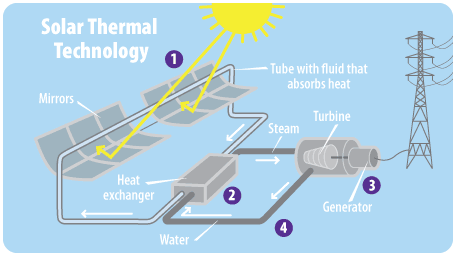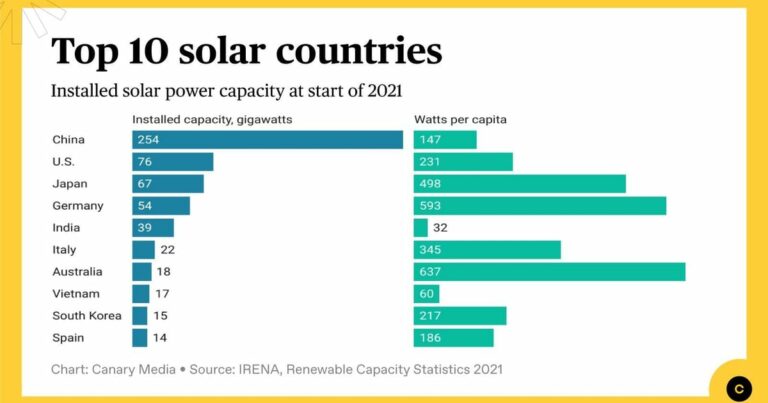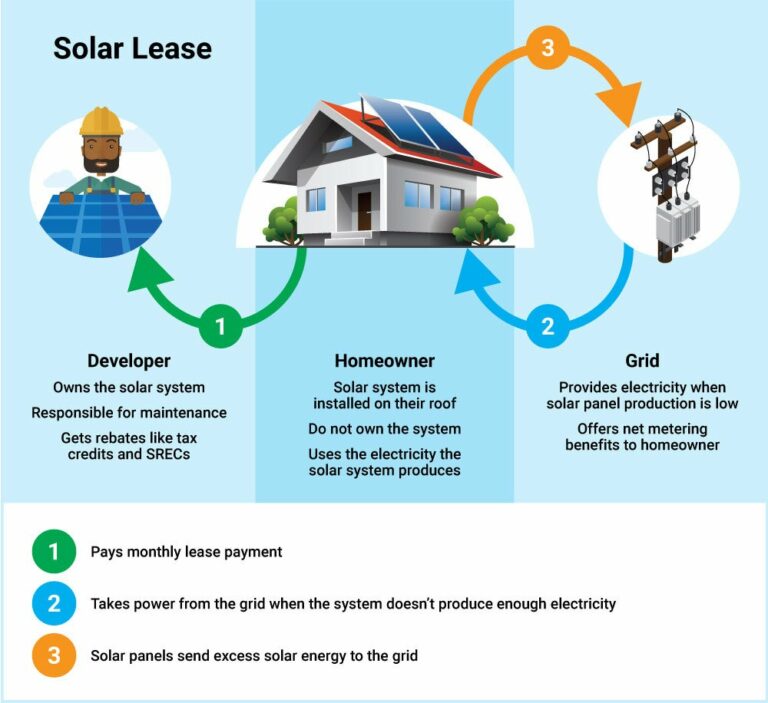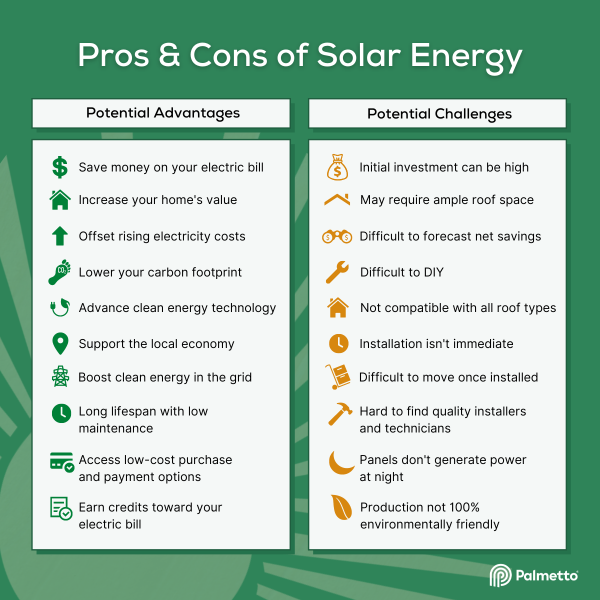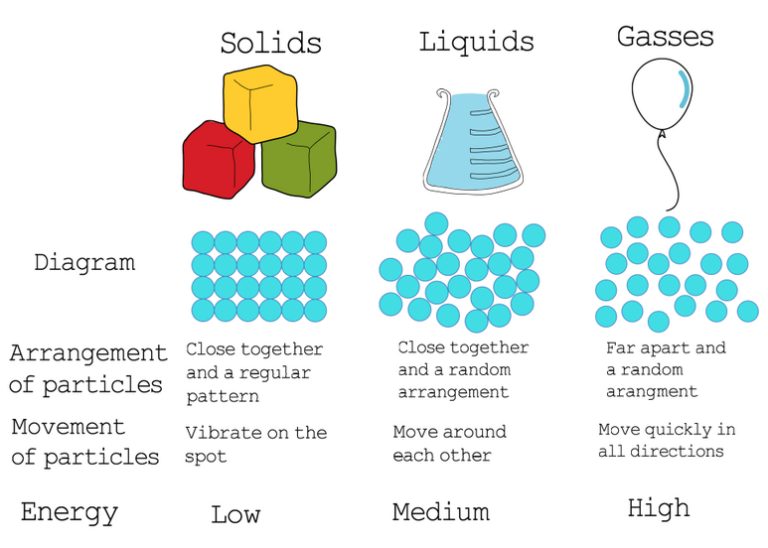Why Is Wind Energy Better Than Solar Energy?
If you’ve ever wondered why wind energy is better than solar energy, you’re in the right place! Let me break it down for you in a fun and engaging way.
Picture this: a windy day at the beach. The waves crashing, the sand blowing in the breeze… Well, did you know that wind can actually be harnessed to create electricity? It’s like turning Mother Nature’s power into a renewable energy source!
Now, you might be thinking, “But what about solar energy? Isn’t that cool too?” Absolutely! Solar energy uses sunlight to generate electricity, and it’s an awesome way to harness the power of the sun. However, when it comes to comparing wind and solar energy, wind has a few advantages up its sleeve.
So, grab your wind turbine and let’s dive into why wind energy is a rocking choice for a greener future!
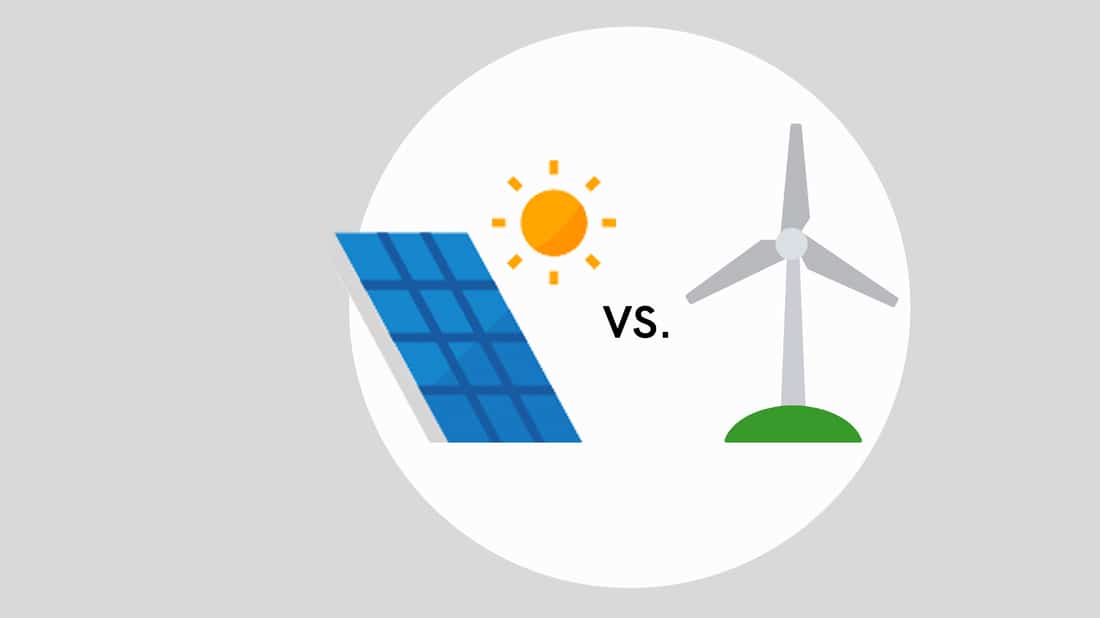
Why is Wind Energy Better Than Solar Energy?
Renewable energy sources are gaining popularity as the world aims to transition towards a cleaner and more sustainable future. In this article, we will explore why wind energy is often considered better than solar energy. Both wind and solar energy have their advantages and drawbacks, and understanding the key differences between the two can help us make informed decisions about which source to prioritize.
The Benefits of Wind Energy
1. Harnessing the Power of the Wind
Wind has been used as a source of energy for centuries, and today’s wind turbines have become highly efficient in converting wind power into electricity. Unlike solar energy that relies on direct sunlight, wind turbines can generate electricity day and night as long as there is a constant breeze.
2. Availability and Potential
Wind is a widely available resource, making wind energy a viable option in many parts of the world. With technological advancements, wind farms can be built in both onshore and offshore locations, allowing for greater generation capacity and harnessing more energy.
3. Lower Cost and Energy Prices
Wind energy has seen a significant decrease in cost over the years, making it one of the most cost-effective renewable energy sources. As the technology improves and more investment is made, the cost of wind energy is expected to continue to decline, driving down energy prices.
The Advantages of Solar Energy
1. Abundant and Endless Source
Solar energy relies on capturing the energy from the sun, which shines abundantly almost every day. This makes solar energy a virtually unlimited resource, ensuring a consistent and continuous power supply.
2. Quiet and Low Maintenance
Solar panels are silent and have no moving parts, which means they require minimal maintenance compared to wind turbines. Once installed, solar panels can generate electricity without any noise or frequent repairs, making them more convenient for residential areas.
3. Environmentally Friendly and Scalable
Solar energy produces zero greenhouse gas emissions during operation, making it a cleaner and more sustainable alternative to fossil fuels. Additionally, solar panels can be installed on a variety of surfaces like rooftops, making them highly scalable and easily integrated into existing structures.
Wind Energy vs. Solar Energy: Efficiency
When comparing wind energy and solar energy, it’s important to consider their respective efficiencies. Wind turbines have the ability to generate a significant amount of electricity from a single turbine due to the power of the wind. On the other hand, solar panels may require a larger surface area to achieve the same level of electricity production. However, advancements in solar panel technology have improved efficiency, narrowing the gap between the two energy sources.
Furthermore, wind turbines are usually more efficient in areas with consistent and strong wind patterns, such as coastal regions or elevated terrains. In contrast, solar panels can be effective in a wider range of locations, as long as they receive an adequate amount of sunlight. This versatility makes solar energy more accessible for residential use.
Overall, both wind energy and solar energy have made significant strides in efficiency in recent years, and the choice between the two depends on specific geographic and environmental factors.
Wind Energy vs. Solar Energy: Environmental Impact
Both wind energy and solar energy have lower environmental impacts compared to conventional energy sources. Wind energy produces zero greenhouse gas emissions during operation and has a minimal carbon footprint when considering the manufacturing process. However, wind turbines can have some negative impacts on local wildlife and aesthetics, such as bird collisions and visual effects.
Solar energy, likewise, has no direct carbon emissions during operation. The primary environmental concern for solar energy lies in the production process of the solar panels, which involves the use of certain chemicals and materials. However, the industry is continually working towards improving the sustainability and recyclability of solar panels to minimize their environmental impact.
Overall, both wind and solar energy offer significant advantages in terms of environmental sustainability, and the environmental impact largely depends on the specific context and mitigating potential risks.
Wind Energy vs. Solar Energy: Cost and Reliability
Cost and reliability are crucial factors when determining the feasibility of renewable energy sources. Wind energy has become increasingly cost-effective, with the levelized cost of wind energy decreasing significantly over the years. This makes wind energy a competitive option when compared to traditional fossil fuel-based power generation.
Solar energy has also witnessed a drastic reduction in costs, primarily driven by advancements in technology and economies of scale. The cost of solar panels and installations has become more affordable, making solar energy an attractive choice for both residential and commercial applications. Furthermore, the maintenance costs of solar panels are minimal compared to wind turbines.
In terms of reliability, wind and solar energy sources complement each other. Wind power tends to be more consistent during certain seasons or at specific locations, while solar energy production peaks during daylight hours. By combining wind and solar energy, a more reliable and consistent power supply can be achieved, reducing dependency on non-renewable energy sources.
Wind Energy vs. Solar Energy: Geographic Considerations
Geographic considerations play a crucial role in determining the suitability of wind energy or solar energy in a particular location. Wind energy is best harnessed in areas with consistent and strong wind patterns, such as coastal regions, open plains, or elevated terrains. These areas experience higher wind speeds, which maximize the electricity generation from wind turbines.
Solar energy, on the other hand, requires an adequate amount of sunlight for optimal electricity production. While regions with abundant sunshine are ideal, solar energy can still be harnessed in areas with moderate sunlight. The availability of space and the orientation of structures also play a role in determining the viability of solar energy installations.
It is worth noting that a combination of wind and solar energy can be a solution to overcome the limitations posed by geographic considerations. By integrating both sources, energy generation can be diversified and optimized, ensuring a consistent and reliable power supply.
Wind Energy vs. Solar Energy: Policy and Infrastructure Support
Government policies and infrastructure support systems play a vital role in the widespread adoption of renewable energy sources. Many countries have implemented favorable policies and incentives to promote the installation of wind turbines and solar panels. These policies may include feed-in tariffs, tax credits, and favorable regulatory frameworks that encourage investment in renewable energy.
Infrastructure support, such as the development of smart grids and energy storage systems, is essential for the efficient integration and distribution of wind and solar energy. By improving the infrastructure, the intermittency issues associated with these renewable energy sources can be minimized, further enhancing their reliability and efficiency.
Overall, policy and infrastructure support are critical elements in accelerating the transition towards renewable energy and maximizing the benefits of wind and solar energy.
The Future of Wind and Solar Energy
The future of renewable energy lies in the collaborative use of wind and solar energy, along with innovative storage solutions and smart grid technology. By tapping into the potential of both sources, we can ensure a balanced and reliable energy mix while minimizing environmental impacts.
Advancements in technology, decreasing costs, and government support indicate a promising future for wind and solar energy. As the world continues to prioritize sustainability and reduce reliance on fossil fuels, the benefits of wind and solar energy will become even more pronounced.
Ultimately, the choice between wind energy and solar energy depends on the specific requirements and conditions of a given location. By considering factors such as availability, cost, efficiency, and environmental impact, we can make informed decisions regarding the implementation of renewable energy sources.
Key Takeaways: Why Is Wind Energy Better Than Solar Energy?
1. Wind energy is more efficient than solar energy as it can generate power even on cloudy days.
2. Wind turbines require less space compared to solar panels, making them ideal for urban areas.
3. Wind energy is a more reliable source of power as wind is available in abundance in many regions.
4. Wind turbines have a longer lifespan compared to solar panels, offering better long-term cost savings.
5. Wind energy is a sustainable option that helps reduce greenhouse gas emissions and combat climate change.
Frequently Asked Questions
Welcome to our frequently asked questions section about wind energy and solar energy. Here, we will address some common queries regarding the benefits of wind energy over solar energy. So, let’s dive in and find out why wind energy is considered better than solar energy.
1. How does wind energy compare to solar energy in terms of cost?
In terms of cost, wind energy is often more affordable than solar energy. The initial installation cost of wind turbines can be somewhat higher compared to solar panels. However, wind turbines have a longer lifespan and require less maintenance, making them a cost-effective option in the long run. Additionally, wind energy is not dependent on the availability of sunlight, making it a more reliable and consistent source of power in various locations.
Furthermore, the cost of producing wind energy has been steadily decreasing over the years, thanks to advancements in technology and economies of scale. On the other hand, while the cost of solar panels has also decreased, solar energy production can be affected by factors such as cloud cover and limited daylight hours, potentially making it less cost-effective in certain regions.
2. How does wind energy compare to solar energy in terms of environmental impact?
When it comes to environmental impact, wind energy has several advantages over solar energy. Wind turbines produce electricity without generating greenhouse gas emissions, making them a clean source of energy. They do not release pollutants or carbon dioxide during operation, which helps reduce air pollution and mitigate climate change effects.
In contrast, the production of solar panels involves the use of potentially harmful chemicals and materials. While solar energy is also a renewable energy source, the manufacturing and disposal processes of solar panels can have negative environmental consequences. Additionally, wind turbines have a smaller footprint compared to solar panels, meaning they require less land space for installation, minimizing disruption to ecosystems.
3. Can wind energy generate more electricity than solar energy?
Yes, wind energy has the potential to generate more electricity than solar energy on a larger scale. Wind turbines can produce electricity around the clock, as wind is available day and night. In contrast, solar energy production is reliant on the availability of sunlight, meaning it is limited to daylight hours. This makes wind energy a more consistent and reliable source of power, especially in regions with consistent wind patterns.
However, it is worth noting that the capacity factor of both wind and solar energy depends on various factors, such as location, weather conditions, and the efficiency of the turbines or panels used. So, while wind energy has the potential to generate more electricity, the actual output can vary depending on these factors.
4. Are wind turbines more efficient than solar panels?
Both wind turbines and solar panels have their own levels of efficiency, and it can vary depending on various factors. However, generally speaking, wind turbines tend to have higher efficiency levels compared to solar panels.
Wind turbines can convert a higher percentage of the kinetic energy in wind into electricity due to advancements in turbine design and technology. On the other hand, solar panels have a lower conversion rate of sunlight into electricity, typically ranging from 15% to 20%. However, it is important to consider the specific conditions and location when comparing their efficiency, as solar panels can still generate significant amounts of electricity in areas with ample sunlight.
5. Can wind energy be used in combination with solar energy?
Definitely! Wind energy and solar energy can complement each other when used in combination. By utilizing both renewable energy sources, an energy system can become more reliable and resilient, producing power even when one source is not fully available.
In some situations, wind turbines can be installed alongside solar panels, making use of available space and optimizing energy production. This hybrid approach helps balance the intermittent nature of solar energy with the continuous power generation of wind energy. By integrating these two sources, we can harness the benefits of both technologies to create a more sustainable and efficient energy system.
Summary
Wind energy is better than solar energy because it is more affordable, adaptable, and reliable.
Harnessing the power of the wind requires less initial investment and maintenance costs compared to solar. Additionally, wind turbines can be built in various locations, making it a flexible option for generating electricity. Wind is a renewable resource that doesn’t rely on the availability of sunlight, making it a more reliable source of energy, especially in areas with fluctuating weather patterns.
In conclusion, wind energy offers a cost-effective, versatile, and dependable solution for meeting our energy needs.

